An integrated MOSHIP based system will be designed into the ship, ideally stored within a hangar on the main deck to minimise maintenance burden and free up the main deck space for other roles.
Selection of a horizontal or vertical transfer system will generally be determined by the vessels secondary roles - a vertical system will maximise free main deck space by locating the decompression chambers on a lower deck, whilst a horizontal system will occupy more of the main deck whilst occupying space on a lower deck.

Further Information
- Maximum capability; ability to operate at the fullest extent of depth and current and adapt to changing rescue scenarios.
- Maximum sortie capacity and minimum sortie time.
- Minimum time to complete rescue, particularly for DISSUBs with larger crews.
- Potentially able to be used for wide range of secondary salvage
or inspection tasks.
Vehicle
| Rescue Capacity | 16 |
| Depth | 500m* |
| Classification | Lloyds Register |
Launch & Recovery System
| Load Rating | 30 tonnes |
| Operating Sea State | 5** |
| Classification | Lloyds Register |
TUP
| Capacity | Restricted only by MOSHIP space availability |
| Classification | Lloyds Register |
ROV
| 1000m intervention ROV as standard |
Ancillary Equipment
| Optional | Mating targets, side scan sonar, surface comms, ELSS pods and pod posting target |
MOSHIP Interface
| DP Class | N/A |
| Deck Space | 475m2+ |
| On Board Power | 600kVA |
* Option available of depth rating up to 610m.
** Option available up to sea state 6.
+ Flexible deck arrangement, dependant on TUP capacity.
Equipment can be located to suit required configuration.

Contact us for more information



 Read James Fisher and Sons plc's latest Annual Report
Read James Fisher and Sons plc's latest Annual Report